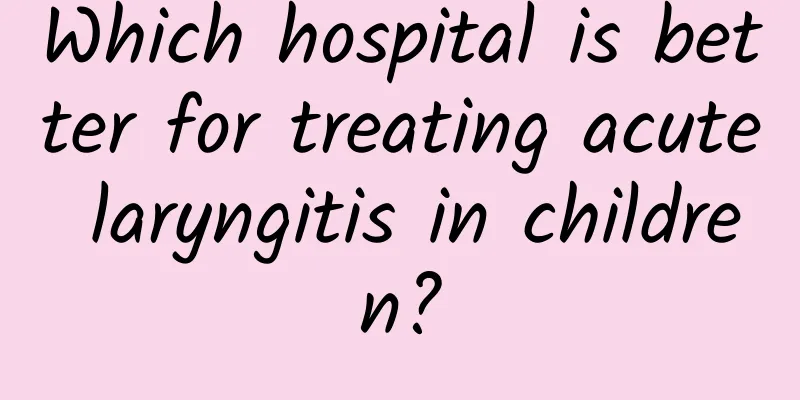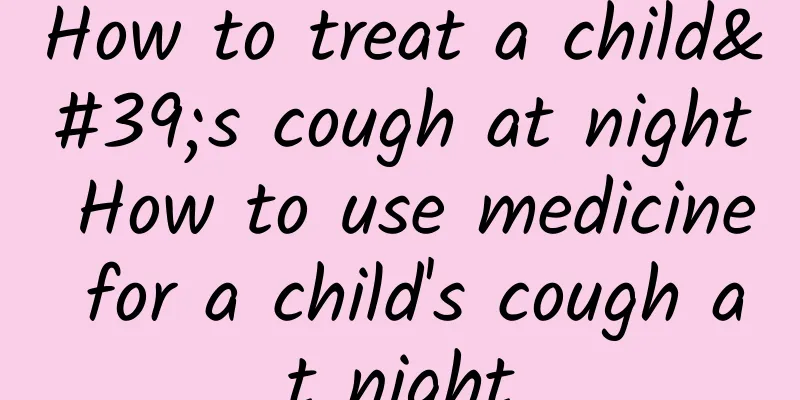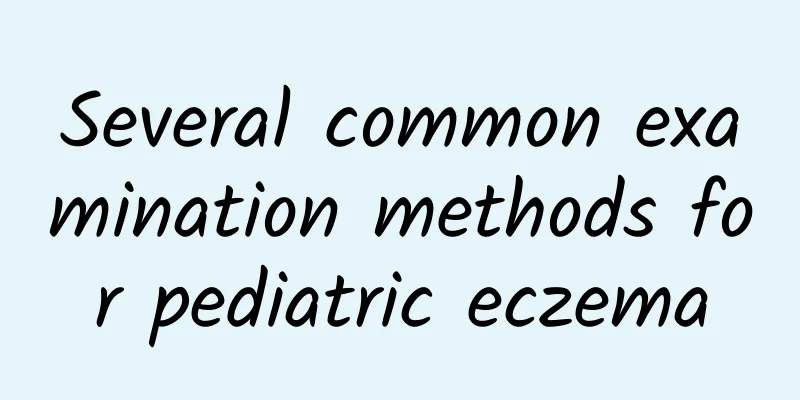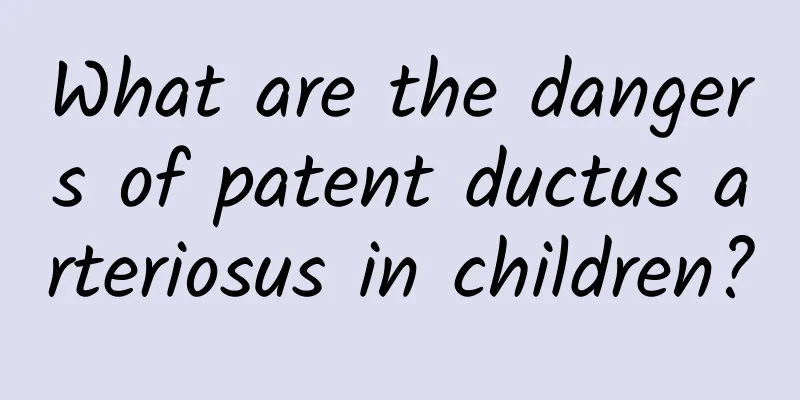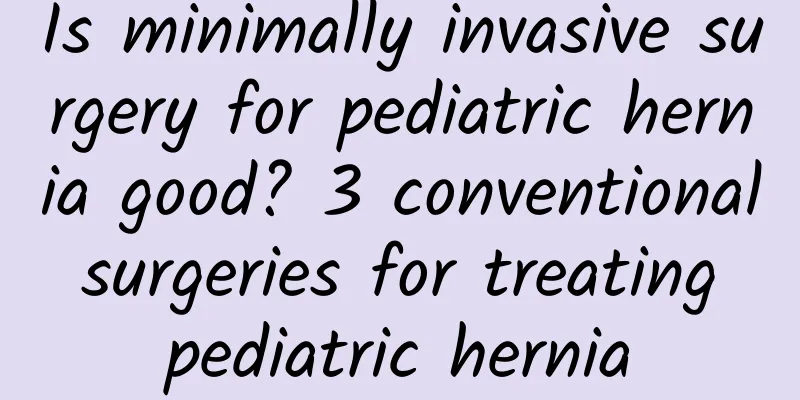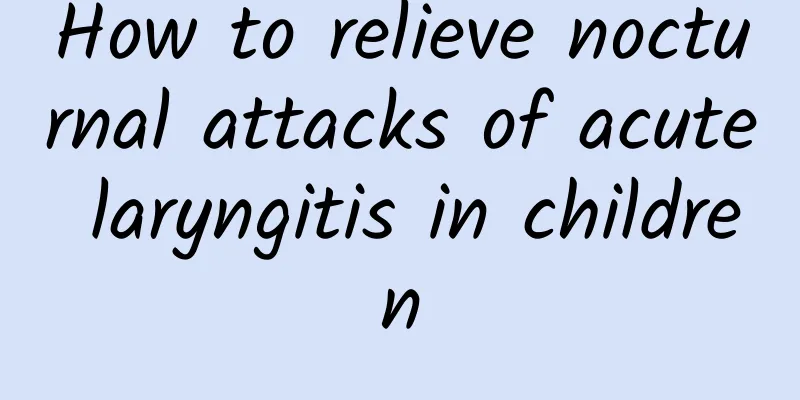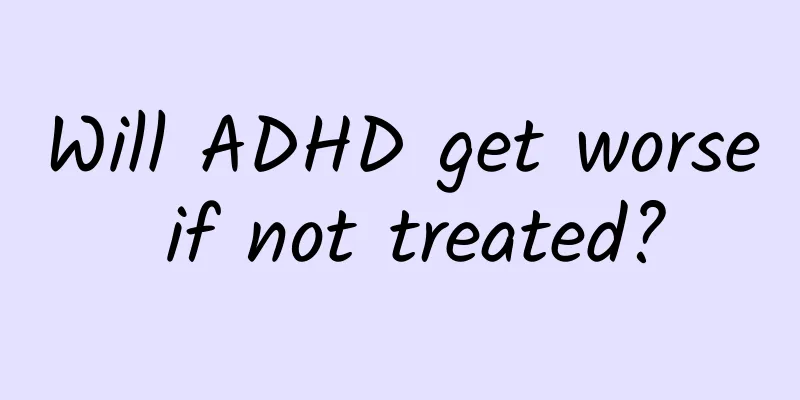Can Hirschsprung's disease be cured? Treatment of Hirschsprung's disease
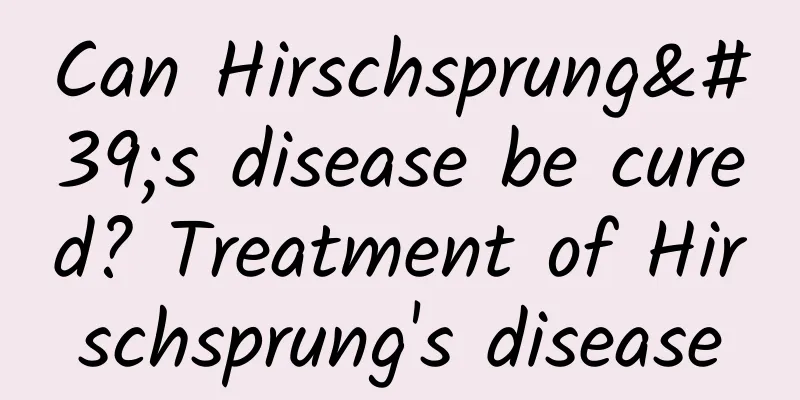
|
Hirschsprung's disease refers to a condition in which the rectum or distal colon continues to spasm, and stool accumulates in the proximal colon, leading to intestinal hypertrophy and dilation. It is a common digestive tract malformation in children. In recent years, there have been great advances in the diagnosis and treatment of Hirschsprung's disease, and the short-term and long-term effects after surgery are relatively satisfactory. Hirschsprung's disease refers to a condition in which the rectum or distal colon has continuous spasms, and feces accumulate in the proximal colon, leading to intestinal hypertrophy and expansion. It is a common digestive tract malformation in children. Statistics show that the incidence of this disease is one case per 5,000 people, and it ranks second among digestive tract malformations. About 90% of patients are boys. The lack of ganglion cells in the myenteric plexus of the distal colon wall is the main cause of congenital megacolon. In addition, enterocolitis is the most serious complication of congenital megacolon, which is more common in newborns. The onset is rapid, with symptoms of high fever, vomiting and diarrhea. The accumulation of a large amount of intestinal fluid in the obstructed intestinal cavity can cause severe dehydration, acidosis and shock, with a mortality rate of up to 30%. So, can congenital megacolon be cured? Below, let’s take a look at the treatment methods of congenital megacolon. 1. Medical treatment. For patients with mild Hirschsprung's disease or those with systemic infection symptoms, as well as those who cannot tolerate surgery, non-surgical treatments can be used to help them maintain nutrition and growth. Use laxatives or regular saline enema to avoid fecal congestion. 2. Colostomy. When the child has acute intestinal obstruction, or has a tendency to intestinal perforation, peritonitis, or is accompanied by enterocolitis, or has total colon aganglionosis, a colostomy should be performed. The site of the stoma should be chosen as close as possible to the dilated intestinal tube, and a single-port stoma should be made here. 3. Surgical treatment. For neonates, conservative treatment is recommended, and radical surgery should be performed when they are about one year old. Adults should also undergo radical surgery if their symptoms worsen and conservative treatment is ineffective. Radical surgery requires the removal of the narrow rectum more than one to two centimeters from the anal dentate line and the dilated colon more than five centimeters above the narrow segment. In recent years, there have been great advances in the diagnosis and treatment of congenital megacolon. If children can receive timely diagnosis and timely surgical treatment, the short-term and long-term results after surgery will be relatively satisfactory. However, some children have frequent bowel movements or incontinence after surgery, and they need to undergo bowel training for a longer period of time. |
<<: How to take care of children with tics? What are the symptoms and manifestations of tics?
Recommend
Can eczema in children cause fever? Generally not
Children with eczema generally do not cause fever...
What kind of exercise should children with ADHD do?
The main symptoms of ADHD in mentally retarded ch...
What causes neonatal jaundice?
What causes neonatal jaundice? There are many cau...
Does a hernia in a child require surgery?
Whether a child's hernia requires surgery dep...
Is polio curable?
Polio is a relatively serious disease that troubl...
Treatment of pneumonia in children
Pneumonia is a relatively common disease in our l...
What are the causes of neonatal pathological jaundice?
What are the causes of neonatal pathological jaun...
Can polio be cured? Is it hereditary?
Poliomyelitis cannot be completely cured by drugs...
Massage treatment for polio
Polio is an acute infectious disease caused by a ...
How to prevent pneumonia in children? Can using air conditioning in summer cause pneumonia in children?
As the weather gets hotter, people have to hide i...
15.3 Is neonatal jaundice serious?
15.3 Is neonatal jaundice serious? 1. Neonatal ja...
What is the best way to treat pediatric eczema? What medicine can cure pediatric eczema quickly?
Pediatric eczema is an allergic skin disease, whi...
How to treat indigestion in children? The correct way to treat indigestion in children
There are many reasons for indigestion in childre...
How is pneumonia diagnosed in children?
There are many pneumonia patients in life. People...
What should children eat when they have a cold and cough? There are 4 dietary treatments for babies with colds and coughs
Infants have incomplete functional development in...

